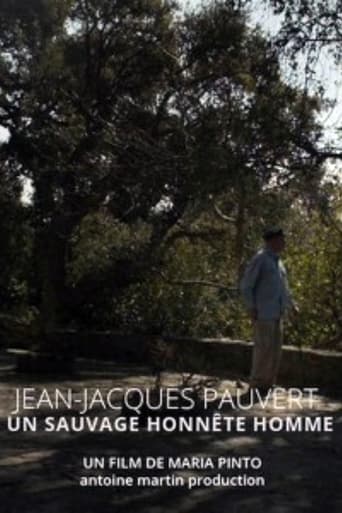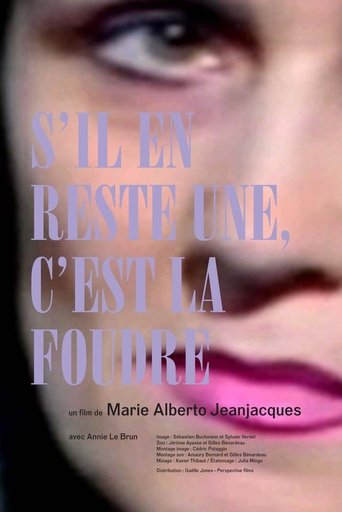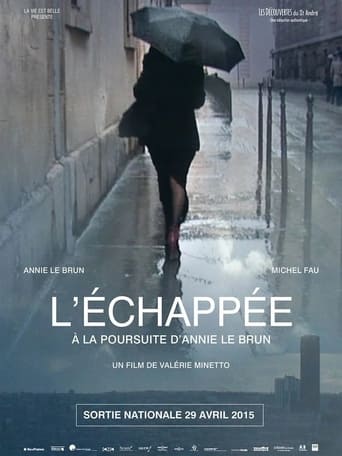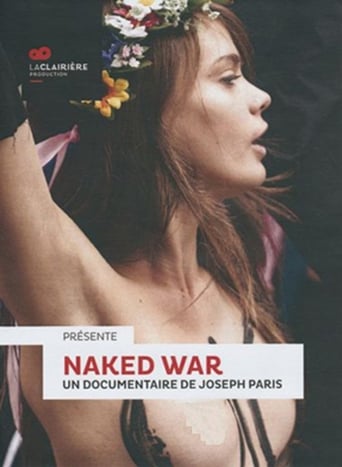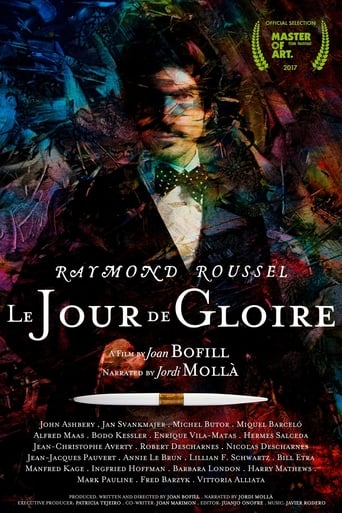Annie Le Brun
Annie Le Brun (born 1942, Rennes) is a French writer, poet and literary critic.
While still a student, Annie Le Brun discovered the shock of surrealism; She read André Breton's Nadja first, hand copying his Mad Love and the Anthology of Black Humor. Shortly after, in 1963, she met Breton himself, and took part in the activities of the surrealist movement until 1969, upon the dissolution of the group. Later, against what she considered to be the programmed liquidation of singularity, love and distraction, she confided that "with the surrealists one breathed, if only to discover the multiplicity of horizons what will have opened this unique attempt in the twentieth century to think all man?" This is how she stood in the wake of surrealism, embracing her quest for "convulsive beauty" and her lyrical insurrection.
In 1972, she found a collective activity around Editions Now founded by Pierre Peuchmaurd, with the poet and playwright Radovan Ivsic, who became her companion, as well as Georges Goldfayn, Gerard Legrand and the painter Toyen. The latter had illustrated in 1967 her first poetic book Sur le champ. In these years, she wrote and publishes several other collections, which will be collected in 2004 in a single volume, under the title Ombre pour ombre. During this prolific period of creation, she co-authored, among other collections and essays, three hybrid works in which her poetic writing is combined with illustrations – both photographic and plastics – from different artists: The Crossing of the Alps, co-written in 1972 with Radovan Ivšić and illustrated by the photographs of the Italian sculptor Fabio De Sanctis; Nearby the nomads, a poetic collection illustrated by Toyen in 1972; and finally Annular Moon, poetic story also illustrated by Toyen in 1977.
In 1977, with her essay "Let loose everything," then in 1988 with Vagit-prop, Annie Le Brun fiercely criticized what she considered to be the imposture of so-called "feminist" ideology, a "caricature of totalitarianism thinking," in fact the "insidious reappearance of moralism and silliness that characterizes the militant feminist point of view on sexuality ... under the guise of an objective inquiry". Evelyne Sullerot's book Le fait féminine (Fayard, 1978) and Marie-Françoise Hans and Gilles Lapouge's Les Femmes, pornography, and erotism (Ed de le Seuil, 1978), were inspirations, but also figures such as: Simone de Beauvoir, Marguerite Duras, Benoite Groult, Germaine Greer, Gisele Halimi, Elisabeth Badinter, Annie Leclerc, Xaviere Gauthier, Luce Irigaray, and Helene Cixous. None were spared, and in contrast to their "ideological lures", "cretinizing sorority" and "staggering rage of power", which she describes as "Stalinism in petticoats", Annie Le Brun writes, for example: "Morality and nonsense, which, far from being inherent to the feminine word, arise as soon as we want to reject all crime on the other sex"; it is to be regretted "to hear repeated everywhere today as an established fact that there are no voyeur women, that there are no sadistic women, and last but not least, but is the ba ba of the neo-feminist blindness, that the look is a phallic function." ...
Source: Article "Annie Le Brun" from Wikipedia in English, licensed under CC-BY-SA 3.0.
Azwiho: Acting
Isabukuru: 1942-01-01
Aho yavukiye: Rennes, Ille-et-Vilaine, France
Birazwi kandi:

 11tv.pw
11tv.pw
